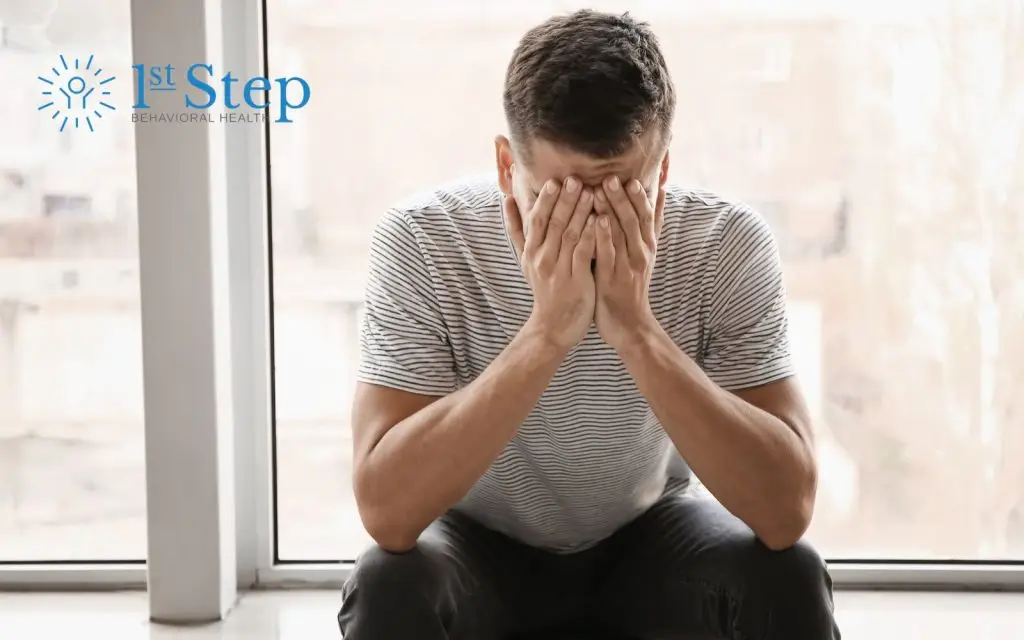Bipolar disorder is a complex mental health condition that affects millions of people worldwide. While many are familiar with the disorder’s swings between manic and depressive episodes, fewer people know about rapid cycling bipolar disorder. Rapid cycling is a pattern of the illness that can make life especially difficult for people with this condition.
This article explores what rapid cycling is, why it happens, how it affects people differently, and the treatment options available. If you or someone you care about is experiencing these challenges, understanding rapid cycling can be the first step toward finding relief.
Understanding Bipolar Disorder
Bipolar disorder, once called manic-depressive illness, is classified under affective disorders in the Diagnostic and Statistical Manual of Mental Disorders. It is characterized by mood episodes that range from elevated mood (mania or hypomania) to depressive episodes marked by sadness, hopelessness, and fatigue.
There are several types of bipolar disorder. Here is an overview of these disorders.
- Bipolar I disorder – includes full manic episodes, which may require hospitalization.
- Bipolar II disorder – includes hypomanic symptoms (less severe than mania) alongside recurring depressive symptoms.
- Cyclothymia – involves milder mood fluctuations lasting for years.
While these forms differ significantly, they all share the challenge of disrupted mood stability.
What Does “Rapid Cycling” Mean?
The term rapid cycling refers to a rapid cycling pattern of bipolar disorder where a person experiences at least four mood episodes—manic, hypomanic, or depressive—within a 12-month period. In some people with rapid cycling, these episodes may occur even more frequently. For some, cycle lengths may last just a few days or weeks.
This cycling bipolar disorder pattern can happen in either bipolar I disorder or bipolar II disorder. It tends to cause a greater severity of symptoms, longer periods of depression, and a higher risk of complications, including suicide attempts.
Features of Rapid Cycling Bipolar
Research and clinical psychiatry practice show that rapid cycling bipolar patients often experience:
- Frequent depressive episodes, sometimes more than manic ones.
- Hypomanic symptoms that can be difficult to detect, leading to misdiagnosis.
- A higher risk of drug or alcohol abuse as a coping mechanism.
- Depressed patients spending significantly more time in low mood than in elevated mood states.
- Treatment responses that differ significantly from those seen in non-cycling bipolar patients.
Gender, early onset, and antidepressant use have been identified as risk factors that may increase the likelihood of developing rapid cycling symptoms.
Why Rapid Cycling Happens
The exact reasons behind rapid cycling remain under study, but several theories have emerged through clinical psychopharmacology and systematic review of patient data.
Here is an overview of why rapid cycling may occur:
- Biological vulnerabilities: Differences in brain chemistry and genetics may influence symptoms and the course a condition may take.
- Medication effects: In some patients, antidepressant use or tricyclic antidepressants may trigger cycling. This is why treatment plans might include antidepressant discontinuation.
- Thyroid dysfunction: Some studies and case reports have linked thyroid problems to rapid cycling. Thyroid hormone therapy may be used in select cases.
- Environmental stressors: Trauma, stress, or substance abuse can impact mood cycles.
Contact the First Step Behavioral Health specialists to learn more about bipolar disorder or how to treat it.
Diagnosing Rapid Cycling
A correct diagnosis requires careful assessment by a healthcare professional trained in clinical psychiatry.
Diagnosis typically involves:
- Reviewing the clinical features and frequency of mood episodes.
- Excluding other mental disorders, such as schizoaffective disorder or major depressive disorder.
- Considering medical history, including antidepressant use, substance abuse, and thyroid function.
- Applying inclusion criteria from the statistical manual used in psychiatry.
Rapid cycling can overlap with other disorders. Accurate diagnosis often requires a deeper understanding of the person’s history with the disorder.
Treatment Options for Rapid Cycling Bipolar Disorder
Managing rapid cycling bipolar disorder can be challenging. People may respond to treatment differently, so tailored care is required.
Fortunately, multiple treatment options exist. Here is an overview of bipolar disorder treatment approaches.
Mood Stabilizers
Medications called mood stabilizers are critical to effective treatment of bipolar disorder. Medications include lithium, valproate, and lamotrigine.
Electroconvulsive Therapy (ECT)
In severe or acute phase situations, electroconvulsive therapy may provide relief, particularly when medications have not been helpful.
Psychotherapy and Lifestyle
Beyond medication, psychotherapy, stress management, and lifestyle adjustments are important for treating bipolar disorder and preventing relapse. Addressing substance abuse, improving sleep, and strengthening support networks can make a significant difference.
Living With Rapid Cycling Bipolar Disorder
For those living with this condition, it can feel overwhelming. The constant shifts between depressive symptoms and manic symptoms may interfere with work, relationships, and daily functioning. However, with proper pharmacological treatment, supportive therapy, and close monitoring by a healthcare professional, many patients achieve greater mood stability and a better quality of life.
Families and loved ones also play an essential role. Education, empathy, and consistent support can ease the challenges of cycling bipolar disorder and help patients stay connected to treatment.
Find Treatment and Support for Rapid Cycling Bipolar
Rapid cycling bipolar disorder represents one of the more complex challenges within bipolar affective disorder. It is marked by frequent mood episodes, increased risk factors, and sometimes refractory rapid cycling that resists standard interventions.
If you or someone you love is struggling with cycling bipolar disorder, remember: recovery is possible. Find the resources and treatment programs you need at First Step Behavioral Health. Explore your treatment options or schedule an intake appointment by reaching out today.
Through individualized care, evidence-based pharmacological treatment, and compassionate support, even the most complex cases can find a path toward mood stability and healing.
Frequently Asked Questions About Rapid Cycling Bipolar Disorder
1. Can rapid cycling bipolar disorder go away on its own?
Rapid cycling rarely disappears without treatment. Some people may experience periods of fewer episodes, but without medical care, symptoms often return. Effective management usually requires ongoing support, medication, and lifestyle adjustments.
2. Is rapid cycling more common in women than in men?
Yes. Research suggests that women are more likely to develop a rapid cycling course of bipolar disorder. Hormonal factors, antidepressant use, and earlier onset of depressive episodes may contribute to this higher risk.
3. How does rapid cycling affect long-term outcomes?
Patients with a rapid cycling pattern often face a more challenging long-term course. They may spend more total time in depressive episodes, experience greater severity of symptoms, and require more complex treatment plans than non-rapid cycling patients.
4. Are there non-medication approaches that help with rapid cycling?
Yes. While medication is central, strategies like cognitive-behavioral therapy, structured sleep routines, stress reduction, and treatment for co-occurring issues like substance abuse can significantly improve mood stability and overall well-being.
5. What should family members know about supporting a loved one with rapid cycling bipolar disorder?
Support starts with education. Families can help by learning about the condition, encouraging treatment adherence, watching for early signs of mood changes, and offering patience and compassion. Joining support groups can also provide valuable guidance and a sense of community.
6. How is rapid cycling different from other cycling patterns in bipolar disorder?
Some patients experience ultra-rapid or ultradian cycling, where mood shifts occur weekly or even daily. These patterns differ significantly from traditional rapid cycling and often require specialized treatment approaches.
Sources
Jump to a Section
Call (855) 425-4846
